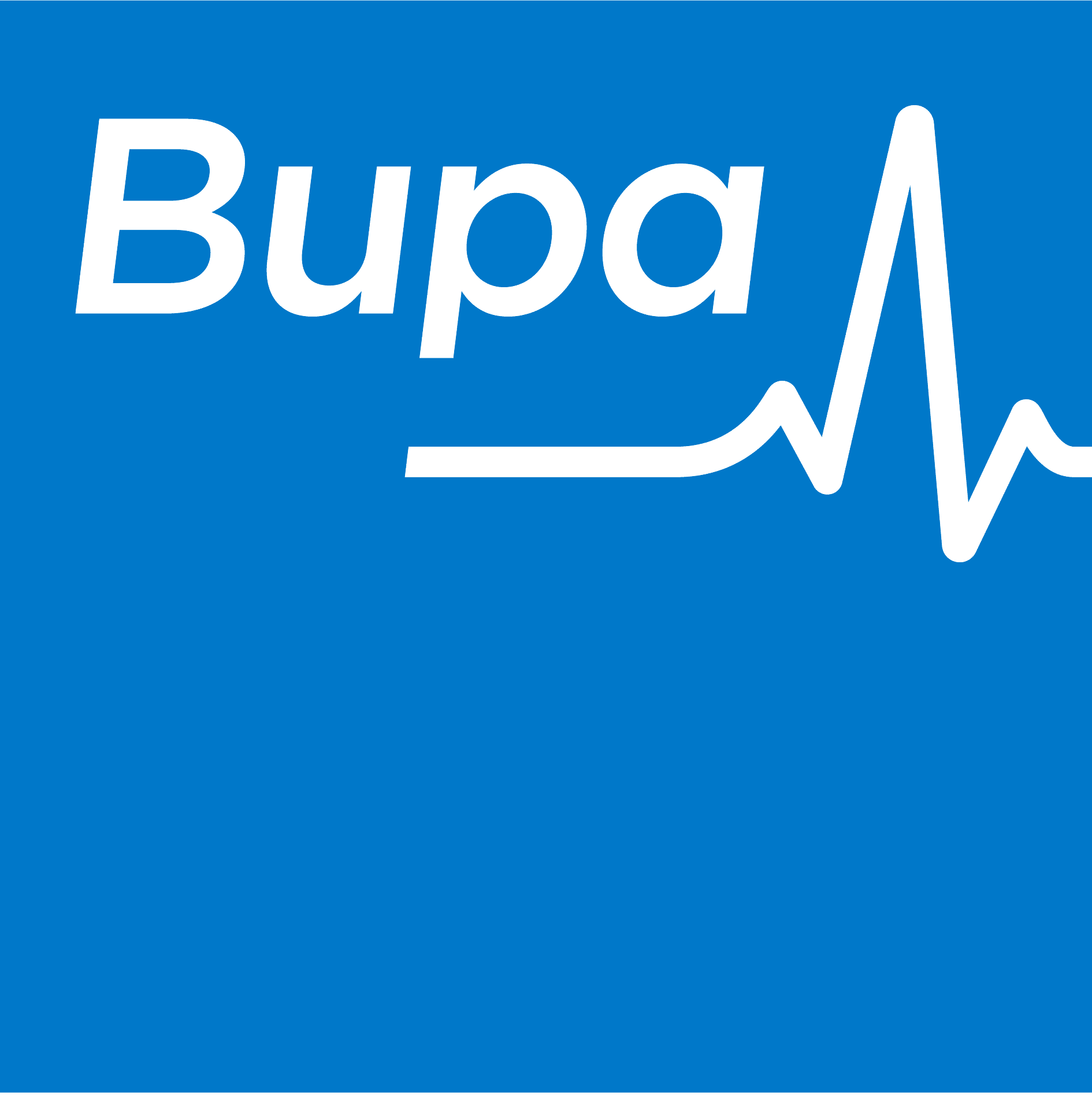Health insurance providers you can compare with us



We’ve partnered with Compare Club to bring you a range of health insurance policies to compare side by side.
Extras cover is an important type of private health insurance. It covers many preventative and non-hospital types of treatment which are provided to millions of Australians every year. Having the right extras cover could save you a significant amount of money, which is why it’s important to compare policies carefully to find a deal that offers the best value for your family’s unique needs.
Savvy can make your search for great extras cover simpler by allowing you to compare a variety of free, no-obligation quotes from leading insurance providers, helping you determine where the best value lies for you. Get started with a free online quote today.
What is extras cover?
Extras cover is a type of private health insurance which enables you to claim benefits for many out–of–hospital health carel services or treatments which aren’t covered under Medicare. An extras cover policy can include cover for common treatments or services like podiatry, dental, physiotherapy, chiropractic and more. Extras cover can prove immensely beneficial to your health and hip pocket if you take advantage of the benefits on offer. For example, regular teeth cleaning by a dentist can prevent plaque build-up, which can lead to the need for root canal work or even tooth extraction surgery.
Extras cover is different to hospital cover, which is more focused on the cost of treatments and other services within a hospital setting. If you’re looking for comprehensive cover for both in-hospital and out-of-hospital treatment, combined hospital and extras policies are available to purchase from a wide range of insurers.
What does extras cover include?
Extras cover can include some, or all, of the following:
- Optical (contact lenses and glasses)
- Physiotherapy
- Chiropractic treatment
- General dental (check-ups and more simple dental procedures)
- Major dental (teeth removal, root canals, dentures and sometimes cosmetic procedures)
- Orthodontics (braces and aligners)
- Speech therapy
- Remedial massage
- Non-PBS medications (those not listed under the PBS)
- Psychology and other mental health treatments
- Hearing aids (supply and fitting)
- Podiatry
- Dietetics (nutrition assistance and diet or weight loss programs)
- Gym memberships (may be offered by some insurers subject to specific conditions)
- Travel vaccinations
How do I compare extras cover?
The priority in determining what extras cover is best for you is to identify which servicesyou need based on your health situation. For example, if you play sports, you may wish to prioritise physiotherapy in your extras cover. If you have back issues or are in a line of work that is high-intensity and strenuous, chiropractic cover may be a good option to consider.
While many extras options may be appealing, it’s important to not go over the top and instead restrict your cover to extras you’re more likely to need and use. For instance, if you’re in your 20s and have no hearing issues, you likely won’t need cover for hearing aids until you’re much older.
In addition, your income will play a role in determining what extras cover you can afford. It can prove costly if you choose an array of inclusions that are not relevant to your specific needs. More expensive extras policies may give you access to a greater number of benefits and higher claim limits but will set you back more overall than a cheaper policy, so it’s important to weigh up your priorities.
Make sure you explore all options thoroughly. You don’t have to have your hospital cover and extras cover with the same insurer, so you may choose to split them between two different health funds. Savvy can help you compare a range of free quotes for health insurance. By comparing policies carefully and reading the product information documents provided by different insurers, you can compare policies side-by-side with more confidence.
How much does extras cover cost?
The cost of your insurance will depend on several factors, including:
- the level of cover you choose
- any extras you opt to pay for
- your life stage when you take out the policy
Taking out extras cover will generally cost you less than hospital cover. However, this doesn’t negate the need for hospital cover given its many benefits. Both options offer cover for a different type of health service and there isn’t any overlap between the two.
Ultimately, the cost of your extras cover will come down to the level of policy you opt for and its included services. An extras policy with top-level cover will cost more than one that offers cover for a more limited range of services. In addition, a singles policy will cost less than for a family.
Additionally, it’s worth considering the amount you’ll pay out of pocket for treatments and services. This will ultimately depend on what your healthcare provider charges and whether they have a specific agreement with your insurer, as well as what the level of extras cover you’ve chosen to take out is. Your policy may offer a fixed dollar amount for their cover or a set percentage of a fee you pay.
Types of health insurance
Why compare health insurance policies through Savvy?
100% free service
There's no need for you to pay a cent to compare a variety of competitive policies side-by-side in one place.
Compare policies online
You can consider the inclusions, premiums, benefits and other key factors easily online, whether you're at home or on the go.
Trusted partners
We're partnered with Compare Club to help our customers lock in the best deal tailored to their needs.
Pros and cons of extras cover
Pros
-
Reduce out-of-pocket expenses
Extras cover can reduce the amount you have to pay out-of-pocket for a range of services and treatments not covered by Medicare or hospital insurance.
-
Can offer cover for dental treatment
Extras cover can include free dental check-ups and cleaning, which is a common expense and may potentially prevent more serious dental issues from developing.
-
Assistance with the cost of pregnancy
Extras cover can provide relief from some of the costs of prenatal and obstetrics care, depending on the policy you choose and the coverage it offers.
-
Preventative health checks
Preventative health checks can be covered by an extras health insurance policy, which can assist with the early identification of developing health issues.
Cons
-
Can be under-utilised
Some customers don’t take full advantage of the extras cover available on their policy, potentially losing out on the benefits available and spending money where they don’t need to.
-
Complex products
Extras cover isn’t always simple, with many terms and conditions and exclusions to get your head around. Comparing through Savvy can help you understand what is and isn’t covered.
-
Can still incur out-of-pocket costs
There may still be additional ‘gap’ costs you may have to pay out-of-pocket even though you do have private health insurance. Such gap costs arise when your health care provider charges more for their services than your health insurer’s rebate.
Top tips for getting the best extras cover
-
Only choose necessary extras
When choosing your extras cover, prioritise protection for the services you’ll actually use and try to avoid paying for cover you don’t think you’ll need. This way, you can help streamline your policy and pay for what you need and not what you don’t.
-
Take full advantage of your extras cover
Once you have taken out your extras cover, enjoy and use the additional benefits you are now entitled. There may be waiting periods, but once these are over it could be time to get yourself that new pair of prescription sunglasses or give your teeth a check-up.
-
Keep an eye on your limits
It’s important to know what your policy’s annual limits are. This way, you can ensure you don’t reach it and end up having to pay more than you bargained for. Make sure you’re aware when your annual benefits renew into a new benefit year so that you can make the most of the cover you’re paying for.
-
Compare offers frequently
To make sure you are getting great value for your health insurance dollar, make sure to give your health insurance policy its own check-up at least once a year. Compare offers through Savvy regularly to help you keep up to date with the latest deals.










